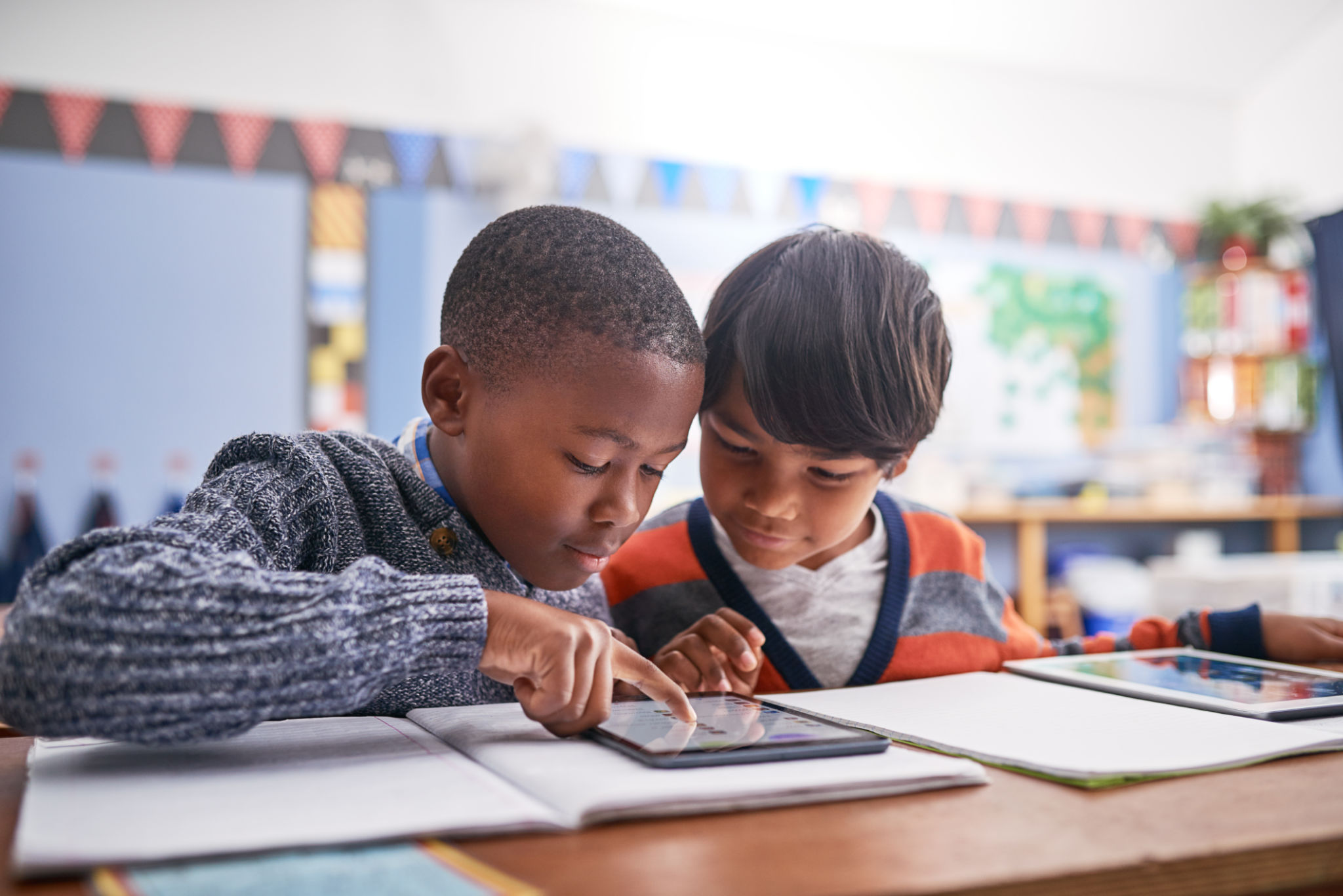Preparing for the School Year: Essential Tech Tools for Educators
Introduction to Tech in Education
As the new school year approaches, educators are gearing up to create engaging and effective learning environments. In today's digital age, technology plays a crucial role in enhancing educational experiences. From organizing lesson plans to encouraging student participation, the right tech tools can transform teaching methods. Here are some essential tech tools that educators should consider integrating into their classrooms.

Organizational Tools
Staying organized is key to a successful school year. Digital planners and organizational apps can help teachers manage their schedules, assignments, and communication with students and parents.
Digital Planners
Tools like Google Calendar or Microsoft Outlook allow educators to schedule classes, meetings, and deadlines efficiently. These platforms offer the ability to set reminders and share calendars with colleagues and students, ensuring everyone is on the same page.
Task Management Apps
Applications such as Trello or Asana can be used for managing tasks and projects. Teachers can create boards for different classes or subjects, assign tasks, and track progress. These apps promote collaboration and ensure nothing falls through the cracks.
Interactive Learning Platforms
Engaging students is a top priority for educators. Interactive learning platforms provide dynamic ways to present lessons and involve students in the learning process.

Virtual Classrooms
Platforms like Google Classroom or Microsoft Teams offer virtual classroom environments where teachers can post assignments, facilitate discussions, and provide feedback. These tools support both synchronous and asynchronous learning, accommodating diverse teaching styles.
Gamified Learning
Gamification tools such as Kahoot! or Quizizz make learning fun by turning lessons into interactive games. These platforms encourage participation and can be used for quizzes, reviews, or introducing new concepts in an engaging manner.
Communication and Collaboration
Effective communication is essential for a smooth educational experience. Tech tools that facilitate communication between teachers, students, and parents are indispensable.
Communication Apps
Platforms like Remind or ClassDojo provide secure channels for teachers to communicate with students and parents. These apps can send updates, reminders, and feedback directly to users' phones, ensuring everyone stays informed.
Collaborative Tools
Google Workspace or Microsoft Office 365 offer collaborative tools where students can work together on documents, presentations, or spreadsheets in real-time. These tools foster teamwork and prepare students for digital collaboration in the future.

Conclusion
The integration of technology in education is no longer optional—it's essential. By leveraging these tech tools, educators can enhance their teaching methods, improve organization, and foster engaging learning environments. As the school year begins, embracing these technologies will not only make life easier for teachers but also enrich the educational experience for students.
